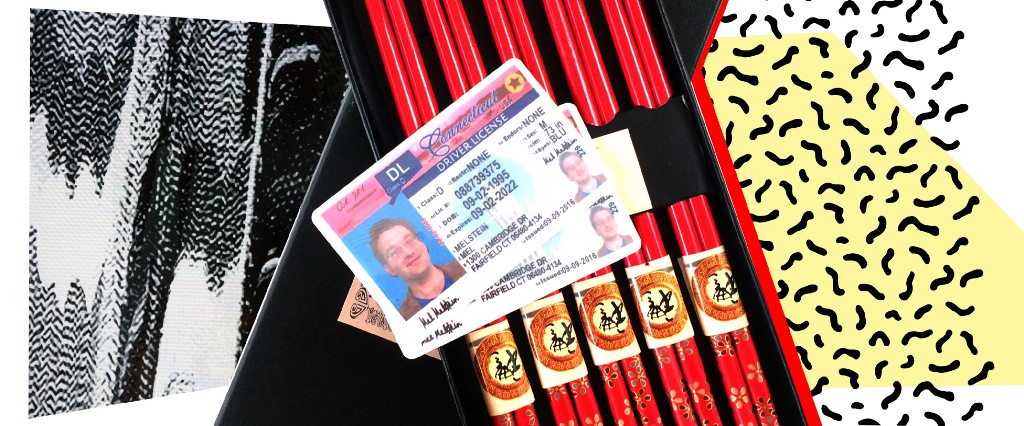The origin of Gourmet coffee beans plays a crucial role in defining their flavor profiles, offering a rich tapestry of tastes that are as diverse as the regions from which they come. Each coffee-growing region imparts unique characteristics to its beans due to variations in climate, soil, and cultivation methods.
1. Geographic Influences
Coffee beans are grown in specific coffee belts around the equator, including regions in Latin America, Africa, and Asia. Each region’s distinct environmental conditions—such as altitude, temperature, and rainfall—significantly impact the beans’ flavor. For instance, Ethiopian coffees are renowned for their vibrant, fruity flavors and floral notes, largely due to the country’s diverse microclimates and traditional processing methods. In contrast, Colombian coffee often features a well-balanced profile with nutty and chocolatey undertones, thanks to the country’s ideal growing conditions and emphasis on quality processing.
2. Soil and Terroir
The soil composition and terroir of a coffee-growing region also contribute to the beans’ flavor. The mineral content and pH of the soil can affect the development of flavor compounds in the beans. For example, volcanic soils in regions like Costa Rica can impart a distinctive, robust flavor profile with heightened acidity and complexity.
3. Processing Methods
The way coffee beans are processed after harvesting can influence their final taste. Different regions use various methods, such as washed, natural, or honey processing, each imparting different characteristics to the coffee. For instance, Brazilian coffees, often processed using the natural method, can exhibit rich, chocolatey flavors with a heavier body, while washed coffees from Kenya typically present bright acidity and fruity notes.
In summary, the origin of gourmet coffee beans plays a pivotal role in shaping their flavor profiles. From the environmental conditions to the processing methods, each factor contributes to the unique tasting experience that coffee enthusiasts cherish. Exploring coffees from different origins can reveal a world of flavors, making each cup an adventure in taste.


